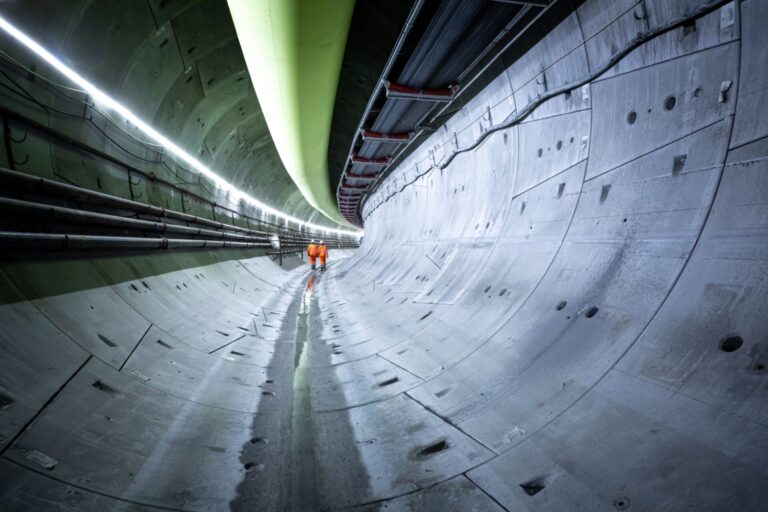A new report, Construction in a digital world, by the Canadian Construction Association (CCA) and KPMG in Canada, identifies significant opportunity for Canadian construction firms to adopt innovation.
As many as 75 per cent of construction firms surveyed by KPMG and CCA rated their digital maturity as fairly low relative to their competitors, the report finds. Further, almost three in five admit their organization “needs to moderately or considerably” adapt their digital strategy, with most unsure about which technologies and applications would offer them a competitive advantage.
“The industry is on the cusp of digital transformation with leading firms already adopting technology – from analytics to drones, robotics, 3D printing, and augmented reality – to yield improved productivity, safety and decision-making,” says CCA President Mary Van Buren. “Our survey reveals, however, that smaller and medium-sized firms are not yet capitalizing on the benefits technology can bring. For many contractors, the low bid model simply does not allow for innovation or to invest in new technologies.”
While some firms have invested in digitizing their front and back-office operations to reduce redundancy, cost and improve the employee and customer experience, the report suggests there is even greater opportunity to be gained from embracing technologies, such as predictive analytics, building information modelling (BIM), digital twins, wireless monitoring and autonomous equipment, and augmented reality (AR).
Construction companies embracing digital transformation will achieve greater efficiency, generate substantial productivity gains, improve onsite safety for workers, reduce the cost of goods sold, and modernize operating models, the report says.
“Digital innovation is a continuing process, not an end game,” says Lorne Burns, KPMG’s National Industry Leader, Building, Construction and Real Estate, based in Vancouver. “Many construction entities rely on legacy systems, and those that improve their competitive positioning will use this time as an opportunity to integrate disparate systems and adopt new ways of operating.”
Too often, companies implement a technology concept or software package to reduce costs or get a quick payback on a single project only to leave the tool with that project and never use it again. This issue is compounded when a company grows through acquisitions, each with their own set of legacy technologies, the report says, pointing out the necessity of having an integrated strategic digitization strategy.
Featured image: Glenn Carstens-Peters on Unsplash











